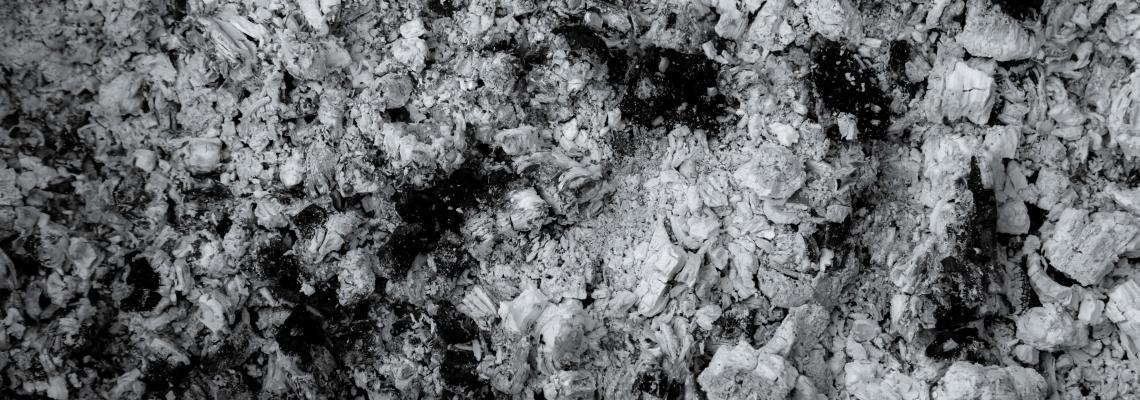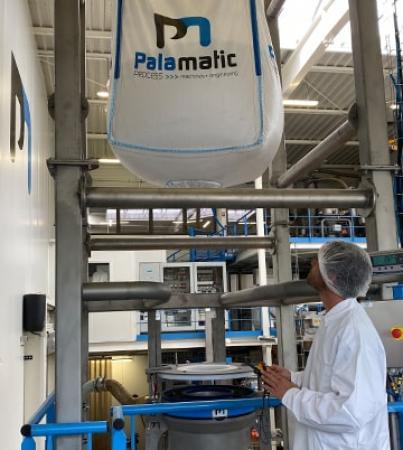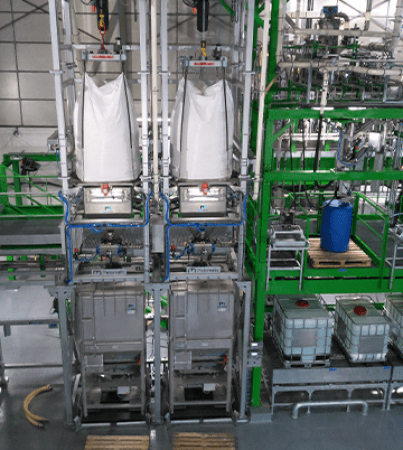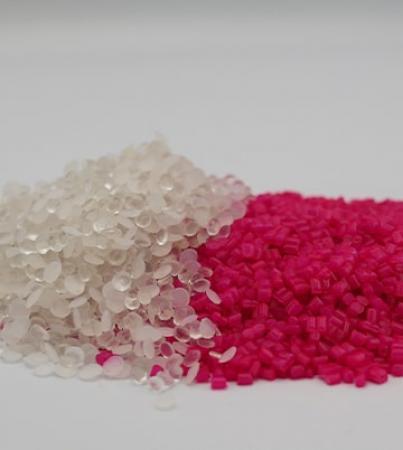1. Main characteristics of fly ash
Fly ash, also known as PFA ("Pulverized Fuel Ash"), is a waste product resulting from coal burning processes in industrial boilers and electric coal-fired boilers. The other two wastes products resulting from this combustion are “sub-hearth ash” and bottom ash. Ash is said to be “flying” in opposition to these two other types of waste. With what is known as "ash removed from the bottom of the boiler" or "bottom ash" in the UK, together form coal ash.
Currently, these ashes cannot be freely released into the atmosphere due to environmental legislation because of their hazardous nature. This is why industrialists in coal-fired power stations must capture the ash and set up equipment such as electrostatic precipitators or gas filtration systems to then unload them in a safe manner.
There are two types of fly ash: Class C fly ash, from sub-bituminous coal or young lignite, and Class F fly ash, from sub-bituminous coal or anthracite.
Fly ash can be divided into 3 categories according to their pozzolanic and / or hydraulic properties:
- Siliceous ash
- Calcium-silicate ash
- Calcium fly ash
Generally speaking, fly ash is made up of agglomerates of fine particles ranging from gray to black.
The main constituents being silica and alumina, the average density is close to 2.6 g / cm3.
The specific surface area varies between 2000 to 4000 cm21g, and the density of dry fly ash in bulk varies from 550 to 900 kg / m³ after settling.
2. The main applications of fly ash
Fly ash is a raw material used in the manufacture of (raw) cement and concrete.
They can also be used in the construction sector through earthworks, pavement layers, hydraulic road binders, etc.

3. Industrial handling of fly ash
Coal fly ash is the residue from the combustion of fossil fuels in thermal power plants generating electricity.
They are generally stored in silos or pits for later recovery in the construction sector. The recovery of these ashes goes through stages of handling where they are transported to be stored in silos, big bags or sacks, or to be loaded into tankers.
As fly ash is very "volatile", it is imperative that the handling equipment used has dust tight seals. This equipment is generally supplemented by dust collection systems to avoid any external pollution and to protect production operators.
The handling of these ashes must be done gently to prevent too much aeration and fluidization of the material. This transported material behaves like water and flows under the effect of its own weight. The fly ash is mixed with the air, so that each particle is surrounded by an air bubble, which largely eliminates friction.
The most frequently performed handling operations are pneumatic transport, dry mixing, packaging and storage.
4. Applications of fly ash with Palamatic Process equipment
To respond to the conditioning, transfer and storage problems of power plant manufacturers, the Palamatic Process team has developed equipment dedicated to fly ash, whatever their characteristics (cohesive, sticky, hot, etc.).
FlowMatic® 02 AshFlow is a bulk bag filling station designed specifically for the reconditioning of fly ash for thermal power plants. Due to their very abrasive nature, the ashes are placed in bulk bags while completely sealed, therefore ensuring operator safety.
MultiAshFlo® is a dense phase pneumatic transfer system for easily transferring a variety of ash (biomass light ash, granular ash, etc.) without dust emission, at high temperature and without risk of leakage.
In order to reduce air pollution, power plants can use dust collection systems to prevent the ash from scattering into the open air.
5. Palamatic Process customer applications with fly ash
Since 1992, Palamatic Process has supported manufacturers handling fly ash in their process in order to avoid any risk of external pollution. Several robust installations treating abrasive ashes have been set up on our customers' sites and have already shown their effectiveness:
- A storage silo unloading installation allowed one of our customers to have a clean and efficient loading area without dust emissions.
- A bulk bag filling line in a thermal power plant allowing the incineration of household waste
- A pneumatic transfer line for ash from wastewater treatment residues supplying storage silos
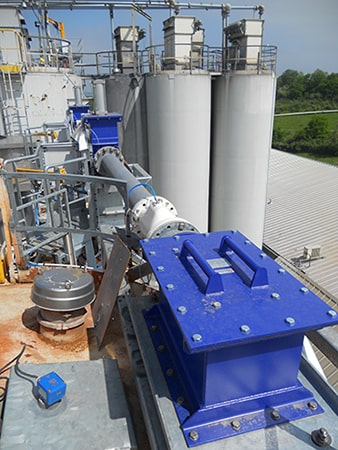
Pneumatic conveying in an ash incineration plant
Contact our powder experts to come and test your powders in our testing station.














